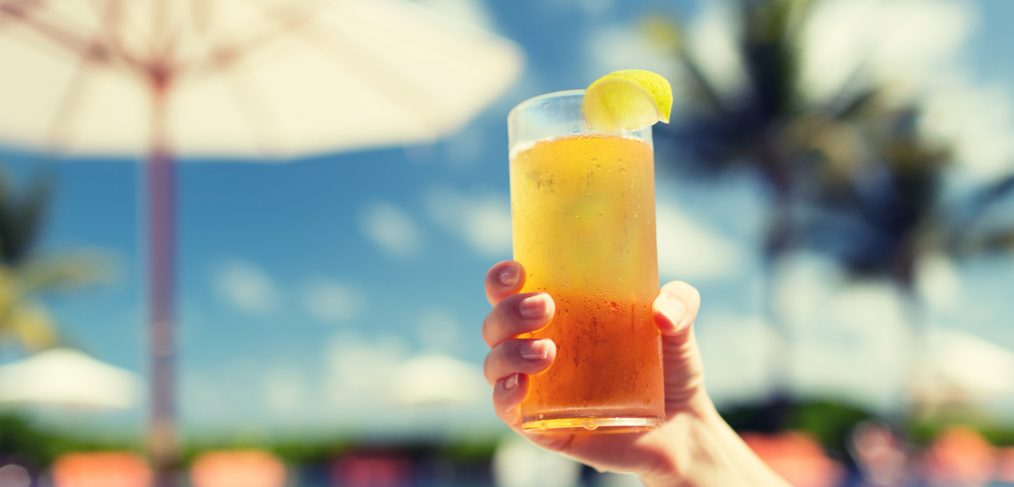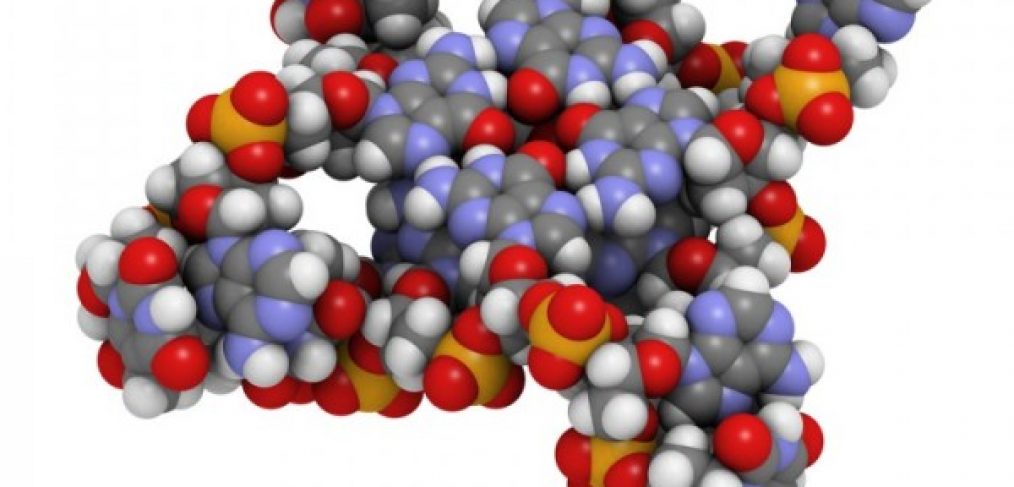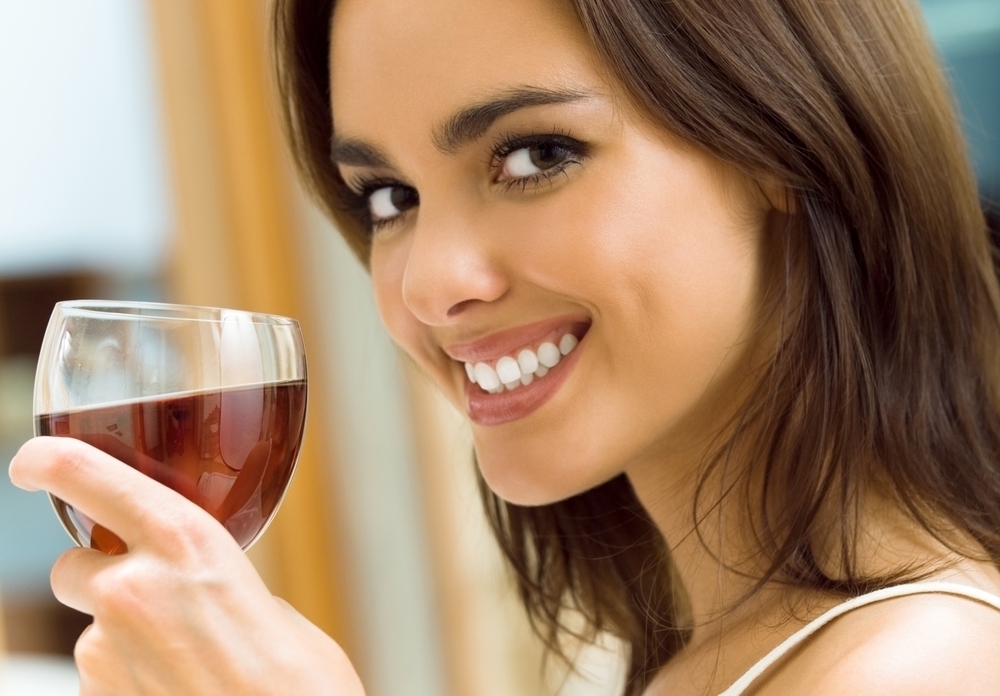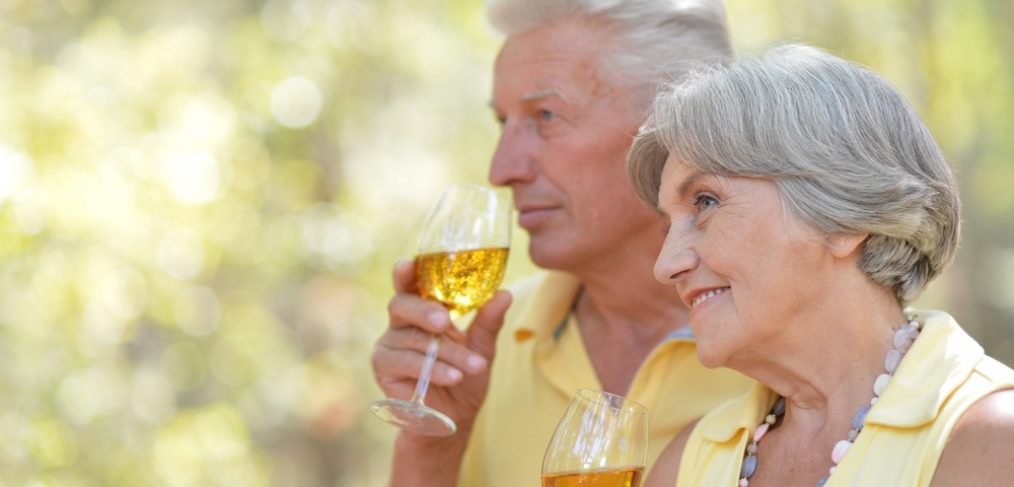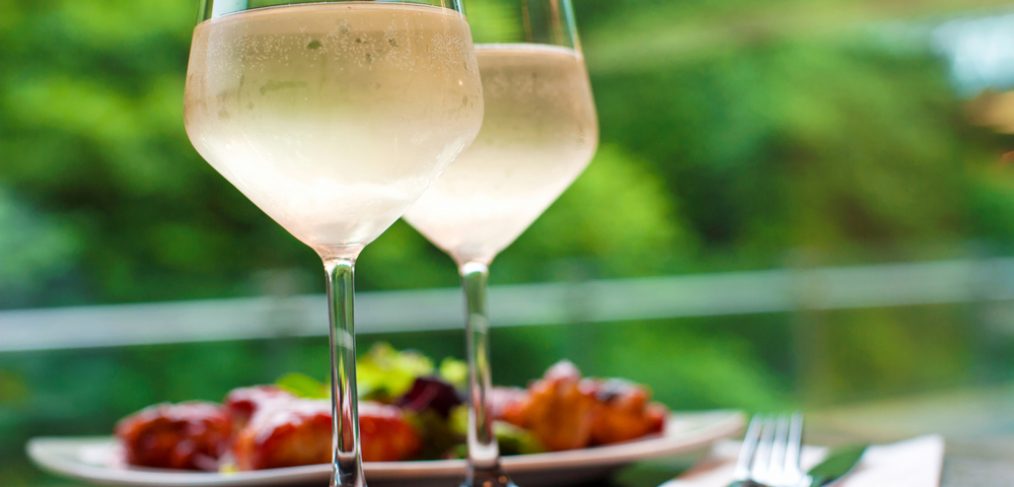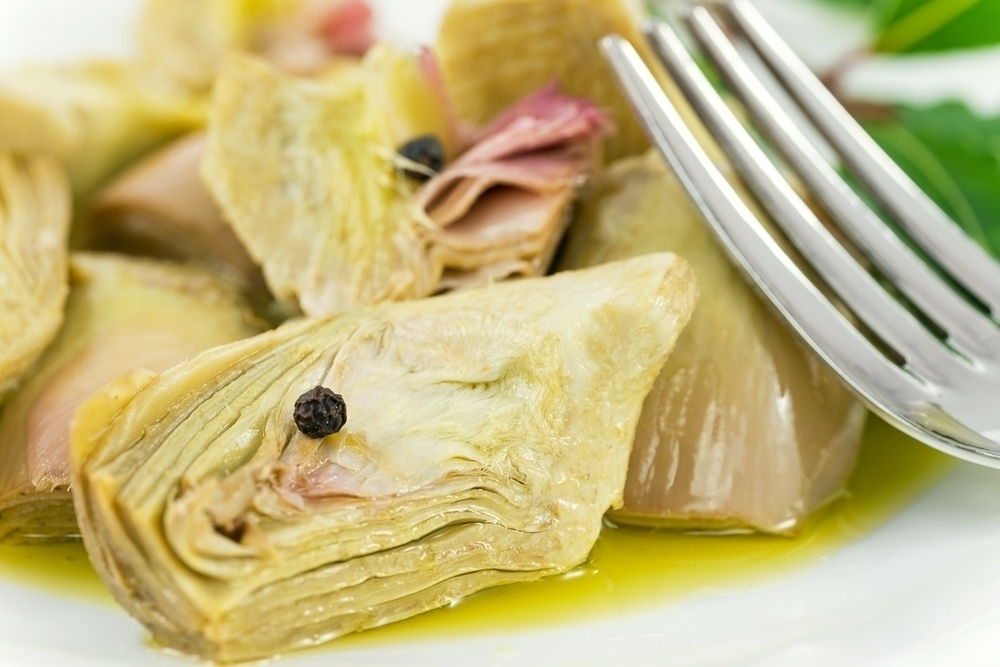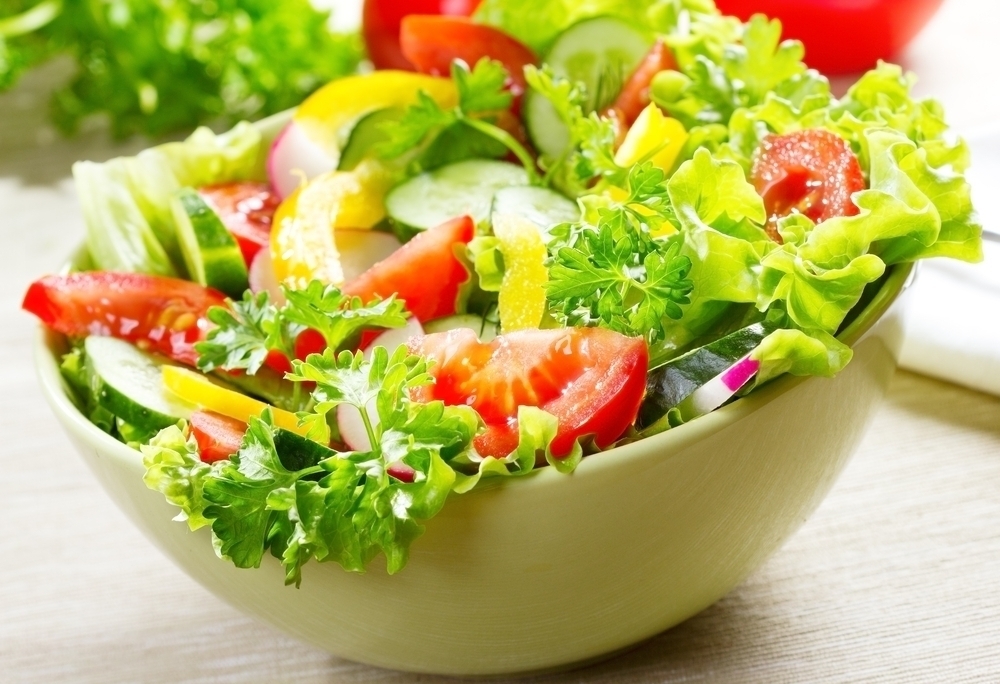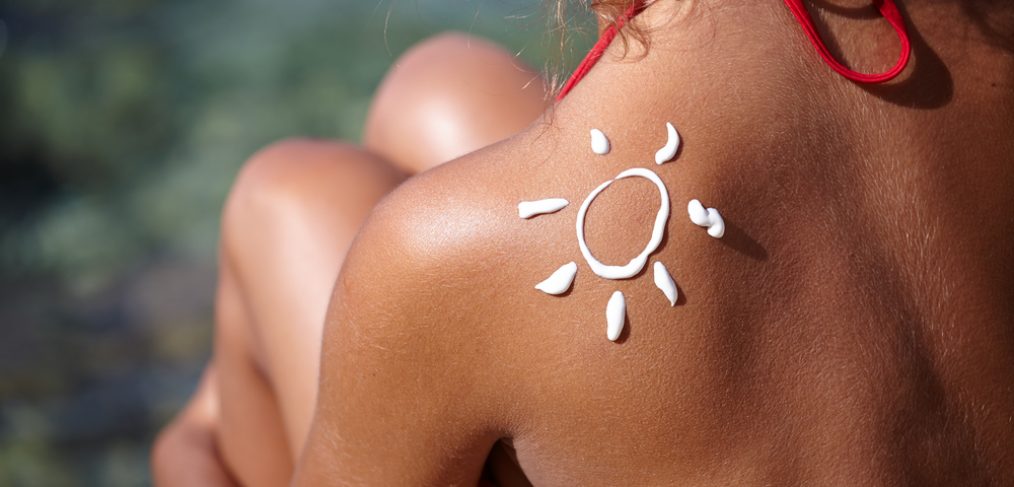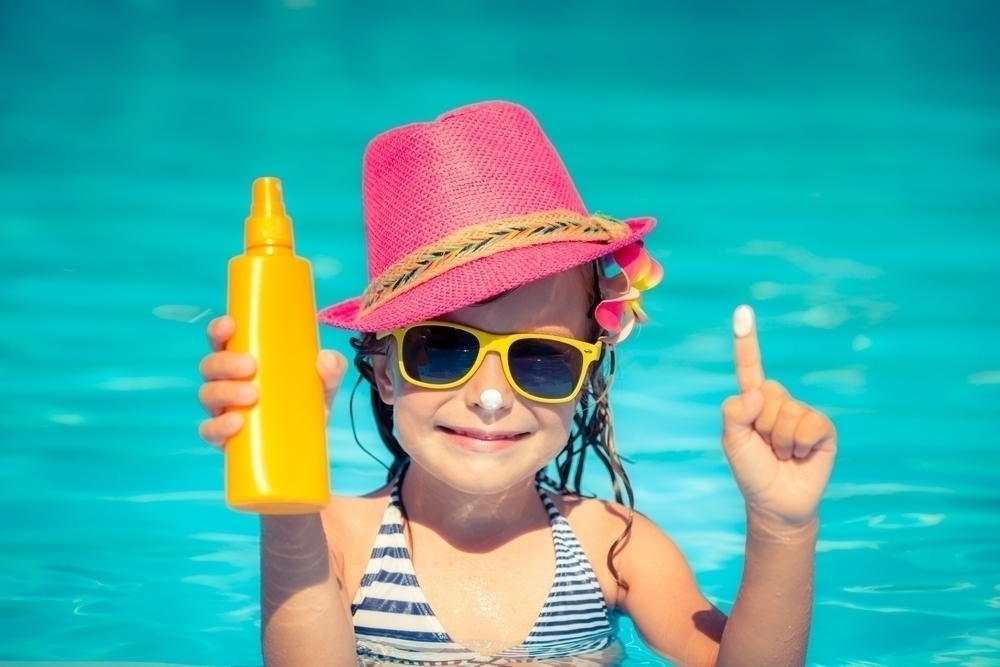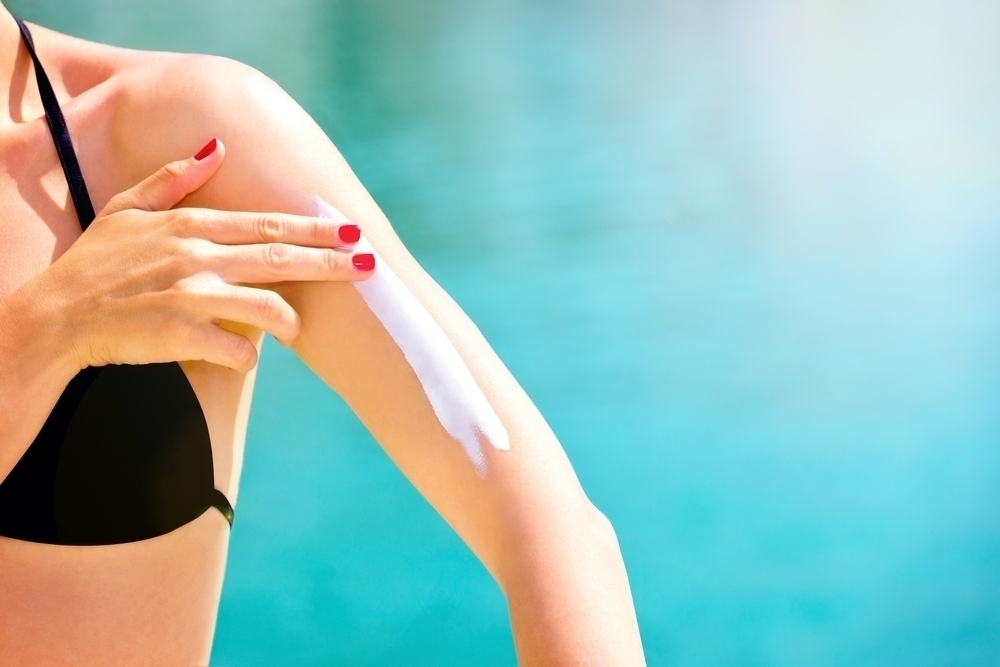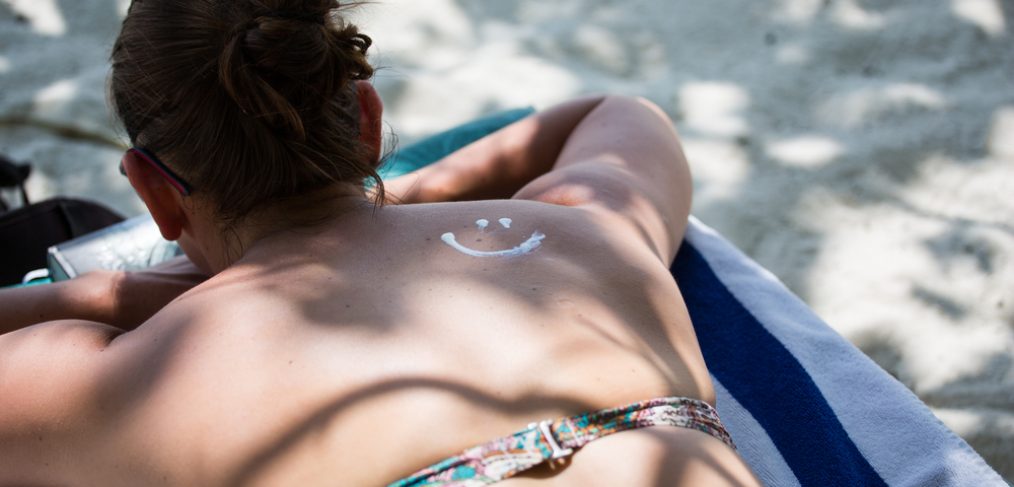National Iced Tea day is June 10th, and to get into the spirit we’ve rounded up a list of iced tea recipes from traditional sweet tea to a lemonade/iced tea hybrid. Kick back and relax as you sip your freshly brewed iced tea.
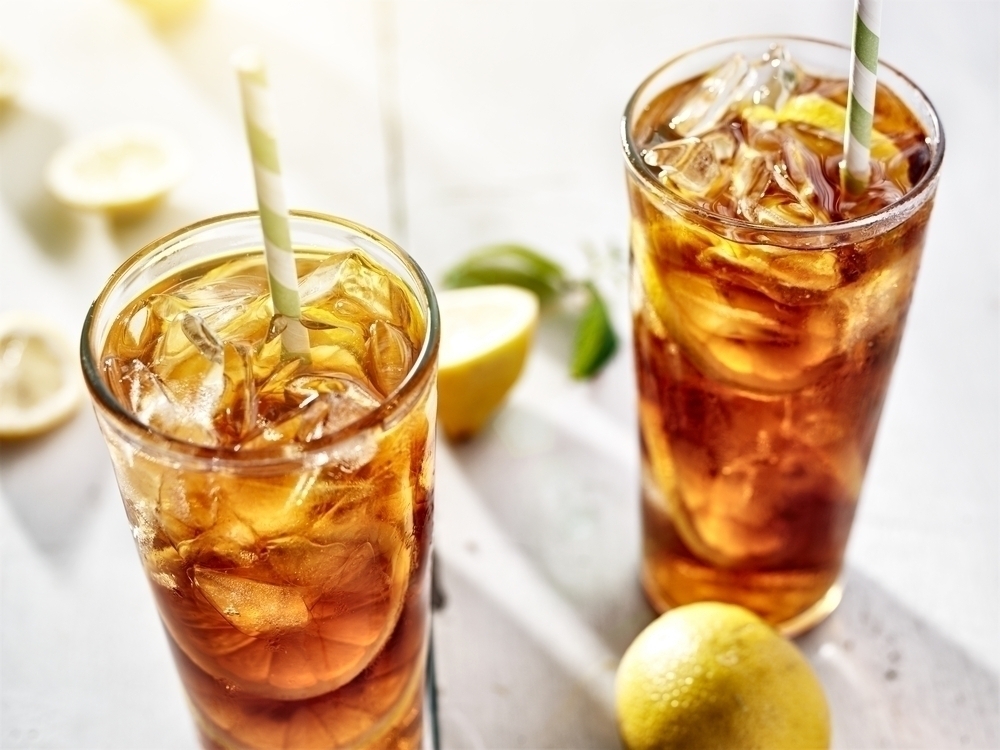
Sun Tea
One of the easiest ways to make iced tea is to use this recipe for sun tea. Sun tea is great to make because you can prepare it in the morning before you leave for work and have a glass of iced tea when you get home from work. All you need to make sun tea is a one gallon jug or other container with a top that twists on and off, four family sized black tea bags and one cup of sugar (or sweeten to your liking). In the morning fill your gallon container and add the four tea bags. Twist the top on and set outside in an area that the sun hits continually during the day. Sun tea takes anywhere from four to six hours to make and the longer you leave your container in the sun, the stronger your tea will be. When you’re ready, bring the tea inside and add sugar. If it’s been a hot day the tea should be warm enough to easily dissolve the sugar but if it is not you can remove one cup of tea, boil it and then add the boiled tea and sugar to the container. Let the sun tea cool and place in the refrigerator then pour into glasses and garnish with a lemon.
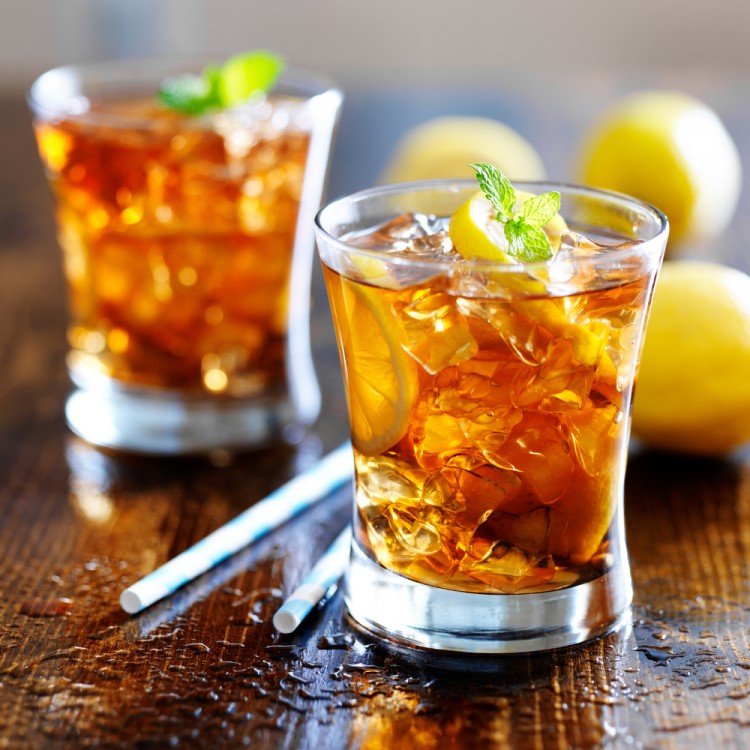
Sweet Tea
Southern sweet tea is one of the greatest treats of summertime, and it’s far easier to make than you’d think. Grab a two-quart container, six regular tea bags, two cups or boiling water, six cups if cold water, one to two cups of sugar and 1/8 teaspoon of baking soda. Use a large glass measuring cup to place both the tea bags and baking soda in then pour in the boiling water. Steep for 15 to 20 minutes, then remove the tea bags. Pour tea into your two-quart container and add sugar. Stir until the sugar is well dissolved and add the cold water. Allow the tea to cool then place in the refrigerator until it is ready to serve.
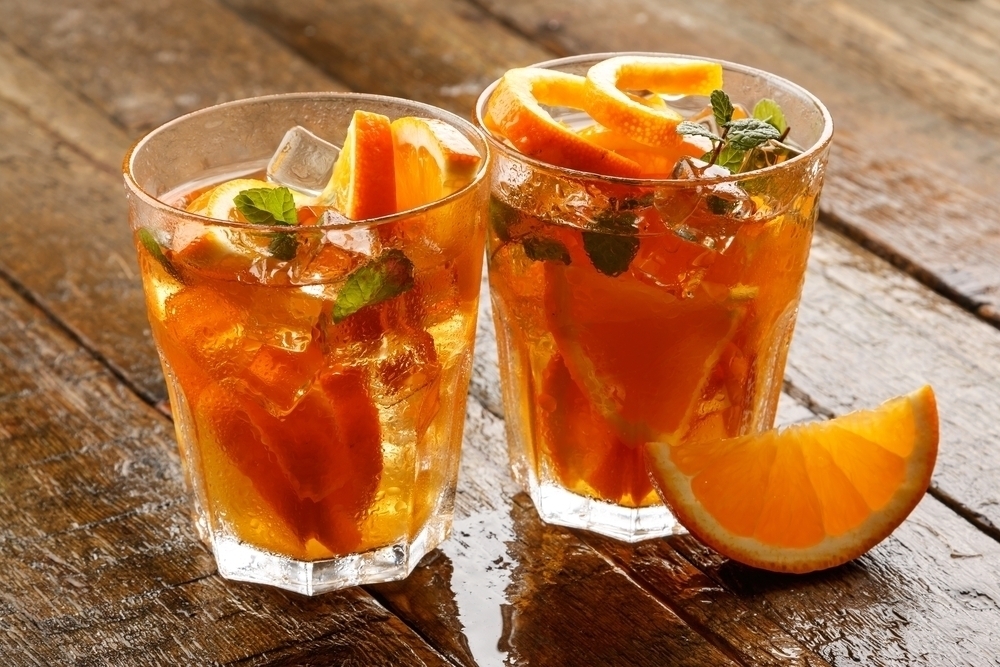
Lemonade Sweet Tea
For a fun twist on two summer classics, try this recipe for lemonade sweet tea. For this recipe you will need a three-quart container, two family sized tea bags, three cups of boiling water, four cups of cold water, six ounces of thawed lemonade concentrate and ½ cup sugar. Steep tea bags with three cups of boiling water then stir in the sugar. Once the sugar is dissolved, pour the tea into your three-quart container and add four cups of cold water and the lemonade concentrate. Stir well and refrigerate before serving. For a fun, fancy touch garnish with freshly sliced lemon or fresh mint sprigs.
Enjoy your iced tea by yourself as a relaxing break in the afternoon or gather some friends for some fun outdoors.



